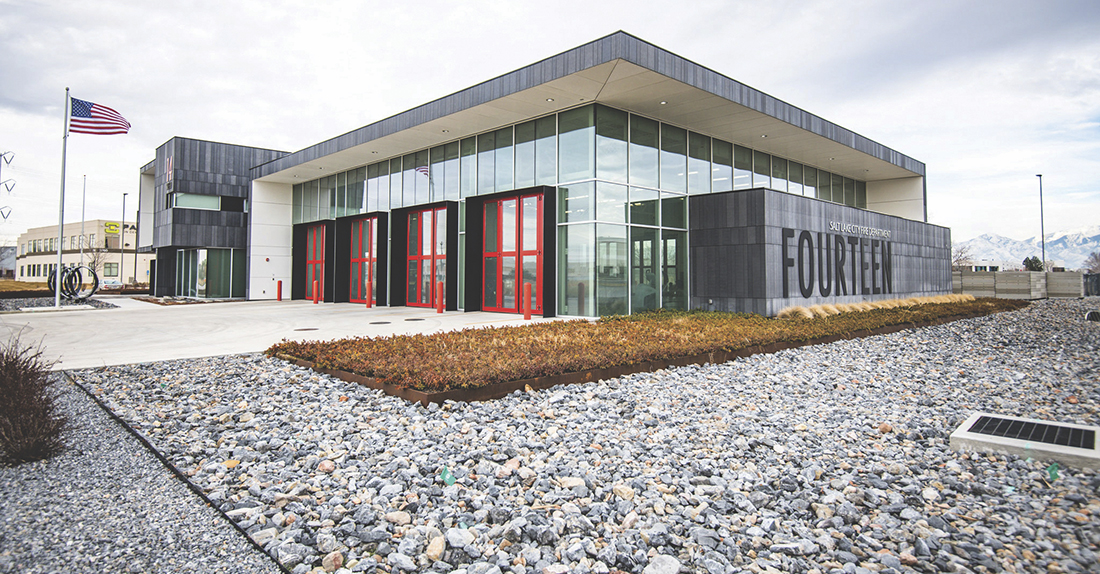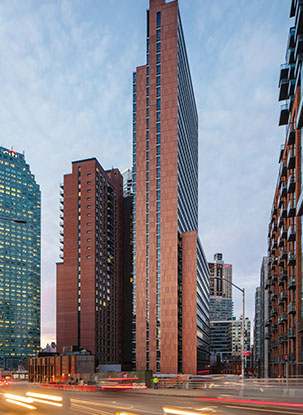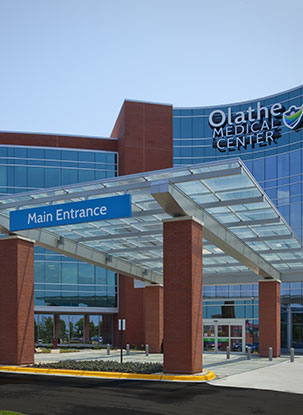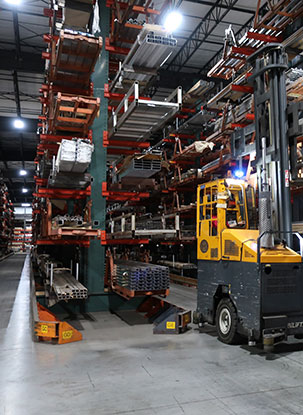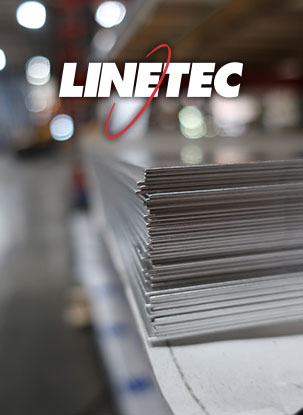 Anodized architectural finishing gives a tough and long-lasting surface to aluminum. This is particularly useful for high-traffic areas of a building, where hardness and abrasion resistance is vital. While anodize is as hard as sapphire (the second hardest substance in the world), it still requires regular maintenance and care.
Anodized architectural finishing gives a tough and long-lasting surface to aluminum. This is particularly useful for high-traffic areas of a building, where hardness and abrasion resistance is vital. While anodize is as hard as sapphire (the second hardest substance in the world), it still requires regular maintenance and care.
Although anodized aluminum is exceptionally resistant to corrosion, discoloration and wear, it can be marred by harsh chemicals, abuse or neglect. Periodic maintenance inhibits long-term accumulation of soil, which can accelerate weathering of the finish.
It depends on the weather
The environment of the building will influence the cleaning frequency your anodized surfaces require. Factors such as smog, condensation or low rainfall areas can contribute to a surface needing more frequent cleanings to remove salt and dirt build-up. Areas that have seasonal rainfall to help remove water-soluble deposits and soil will require cleaning less often.
 It depends on the placement
It depends on the placement
Regardless of climate, recessed and sheltered areas usually become more heavily soiled because of the lack of rain-washing. Overhangs, bottoms of fascia panels and sheltered column covers are particularly susceptible to soil build-up. If not addressed, this can lead to accelerated weathering of the anodized finish. Integrating this as part of the building’s overall maintenance schedule is the most efficient and economical way to make sure soil and salt build-up is kept in check.
It depends on the build-up
The severity and tenacity of the soil build-up will determine progressively stronger cleaning procedures that can help maintain a building’s anodized surfaces. Be cautious. Experiment on a small area of the building, using stronger methods until you find the one that works.
- For light soil, flush the surface with water using moderate pressure. Let it air dry and check to see if the build-up still remains.
- If the build-up remains, move to scrubbing with a brush or sponge while spraying with water.
- If, and only if, that does not remove the build-up, then add a mild detergent cleaner to the scrubbing.
- If heavy surface soil persists, add an abrasive cleaning pad to the mild detergent washing. Be sure to always scrub in the direction of the metal grain.
- If detergent is used, rinse the surface thoroughly, multiple times, with clean water after scrubbing, to avoid detergent residue building up in place of soil.
It depends on the cleaner
Methyl ethyl ketone (MEK) or similar solvents should only be used to remove oil, wax, polish or similar material from your surface. Extreme care must be exercised to keep MEK from damaging any organic sealants, gaskets and finishes around anodized surfaces. If the anodize is protected with a clear, organic coating, do not use MEK solvent, as it may deteriorate or remove the coating completely. Do not use aggressive alkaline or acid cleaners on or near anodized aluminum.
It depends on deterioration
Even if well maintained, architectural finishes, including anodize, could eventually need repair. There are solutions for both minor and major damage and deterioration of anodize, so plan accordingly. For small scratches and rub marks, minor touch-up paint can be used. The paint should closely match the color of the factory-applied anodize finish. Use caution when applying touch up paint to the damaged area. Be aware that the touch-up paint will not be as hard as the original finish and is not intended for areas larger than a few square inches.
 When larger anodized areas are damaged beyond what a simple touch-up can fix, it is time to call in a professional. Large, full-service finishing companies often employ field service workers who are able to prepare and apply architectural paint finishes in the field. The coating used should meet the American Architectural Manufacturers Association’s AAMA 2605 specification and be tinted to match the existing finish. This can be a difficult goal, particularly if only a portion of the existing surface is being refinished or the finish has already experienced some fade. Be certain to ask for an onsite sample to approve of before the full project begins.
When larger anodized areas are damaged beyond what a simple touch-up can fix, it is time to call in a professional. Large, full-service finishing companies often employ field service workers who are able to prepare and apply architectural paint finishes in the field. The coating used should meet the American Architectural Manufacturers Association’s AAMA 2605 specification and be tinted to match the existing finish. This can be a difficult goal, particularly if only a portion of the existing surface is being refinished or the finish has already experienced some fade. Be certain to ask for an onsite sample to approve of before the full project begins.
Learn more about anodizing and its care and maintenance by clicking here. For personalized assistance in selecting or repairing anodize finishes for your aluminum building products, please contact Linetec’s regional sales managers, email sales@linetec.com or call 888-717-1472.
